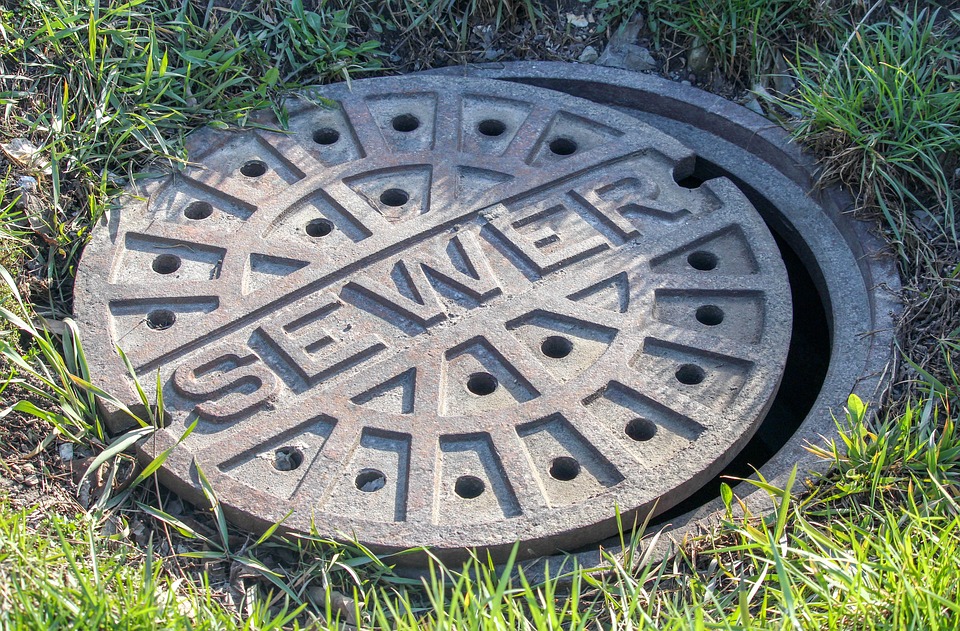The columns in vibro-compacted gravel, in their typical form, instead start from the assumption that the ground is not willing to self-thicken due to vibration. The improvement therefore consists in greater rigidity, greater shear strength and the favorable effect for consolidation provided by the columns themselves.
While the soil self-thickening can be easily investigated by means of penetrometric tests, the effect of the columns in vibro-compacted gravel can be determined in situ only by means of load tests. For this reason, internationally recognized calculation systems based on geometrical and geomechanical parameters have been developedof soil and vibro-compacted gravel. The foundational typology for an improved soil is the classic one of the direct BMP Stormwater foundation, with permissible carrying capacities between 150 and 400 kN/m² (1.5 and 4 Kg/cm²).
Cohesive and mixed soils generally have insufficient carrying capacity. Furthermore, if the fine fraction exceeds 10–15%, the soil is unable to thicken.









